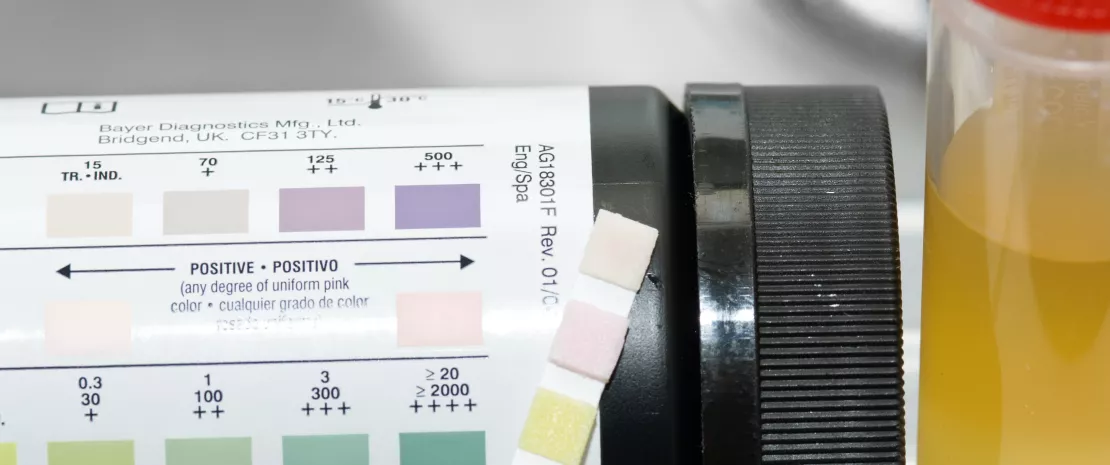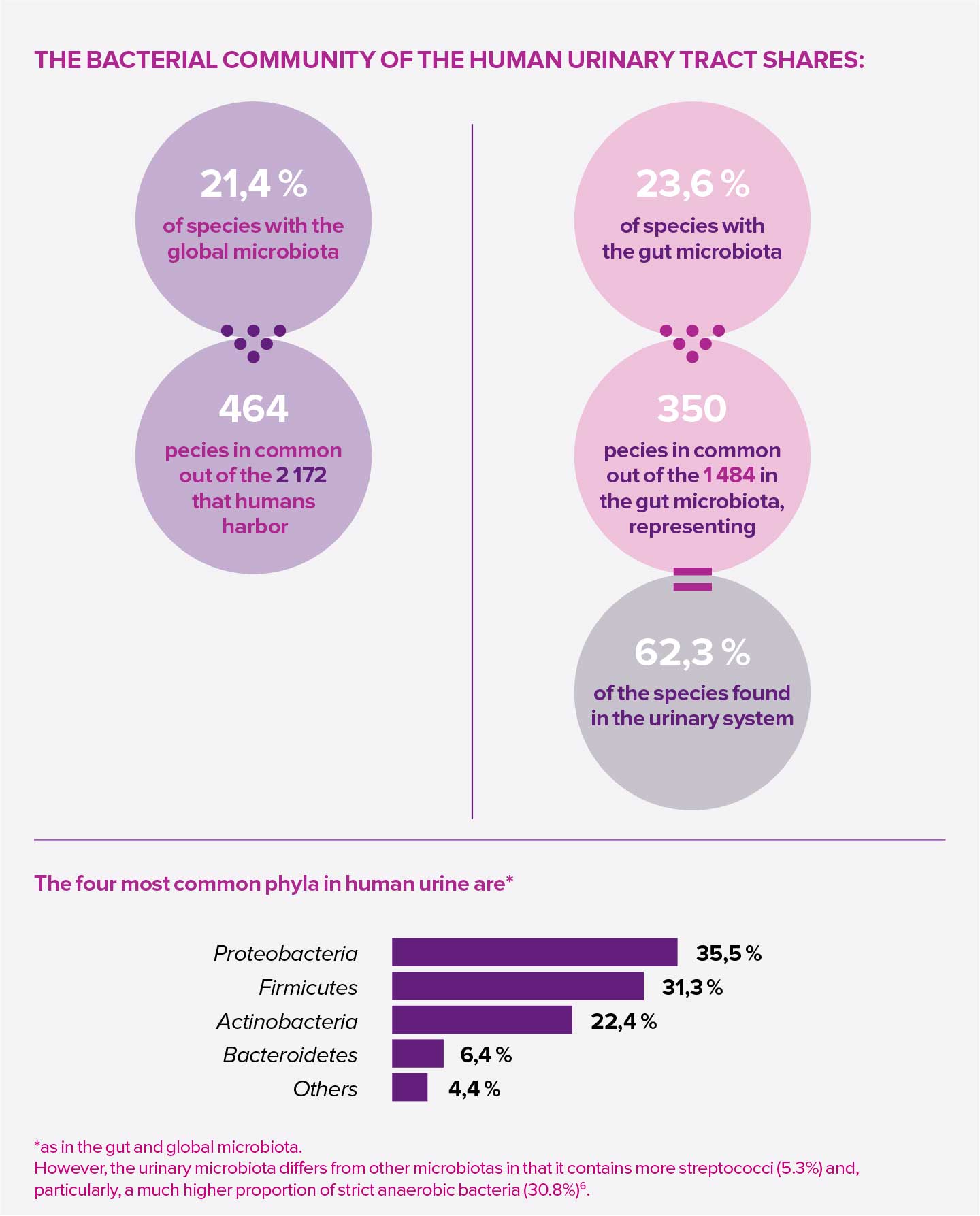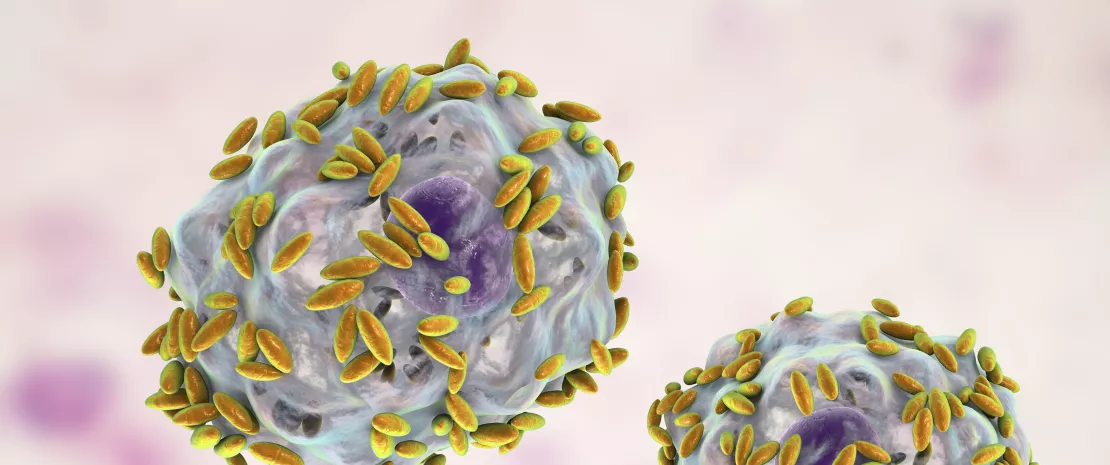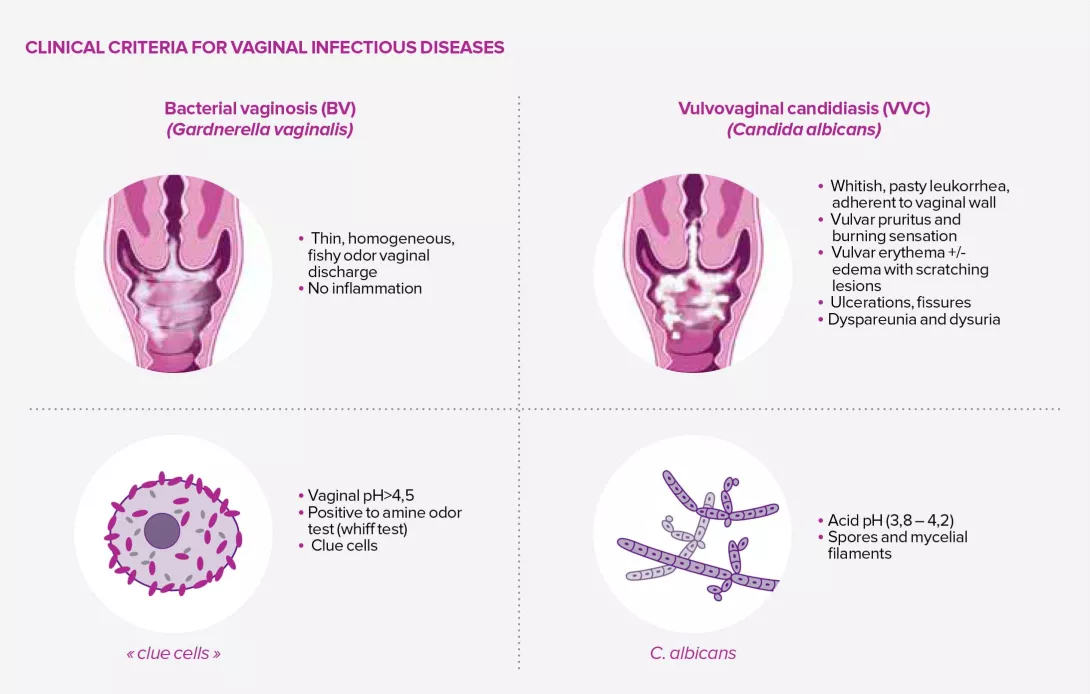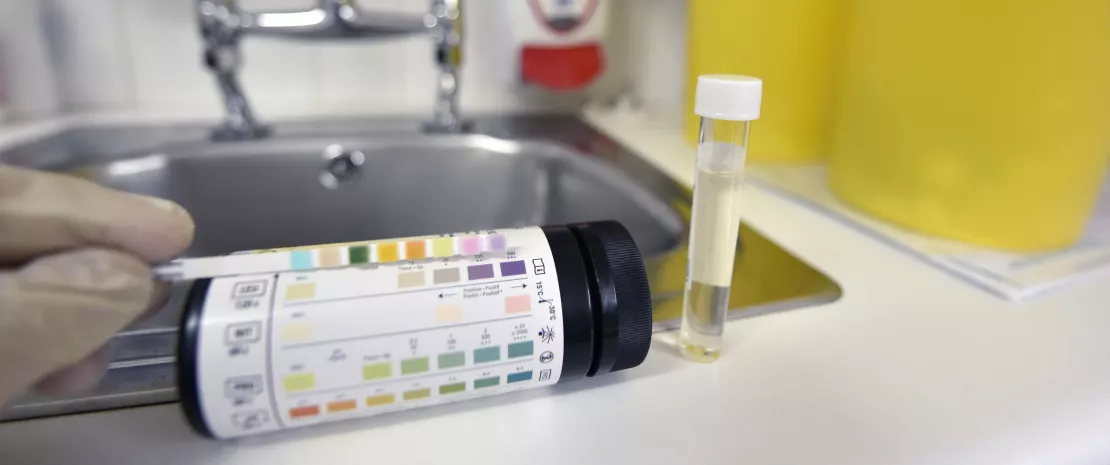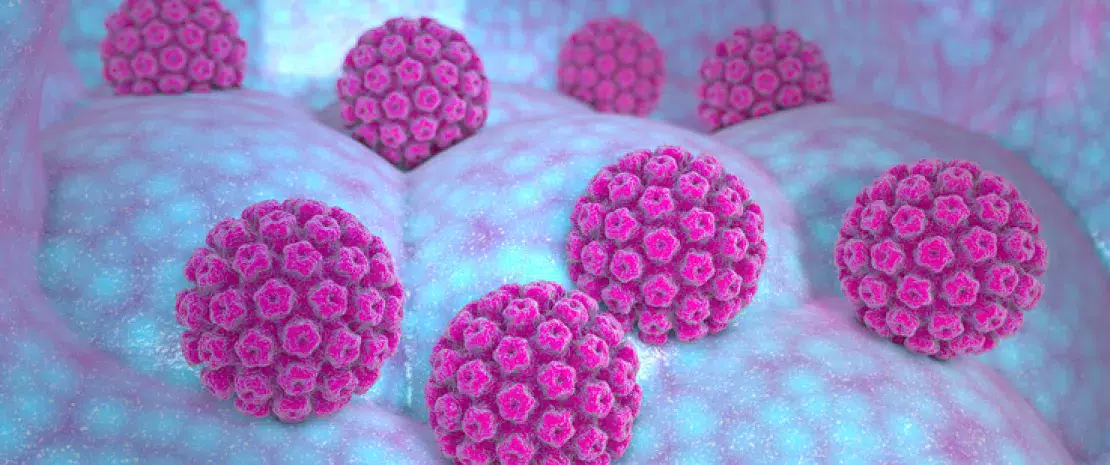1 Physicians Committee for Responsible Medicine. Foods To Boost the Immune System. 13 March 2020. https://www.pcrm.org/news/blog/foods-boost-immune-system [last consult: 15 April 2020].
2 Harvard School of Public Health. Ask the Expert: The role of diet and nutritional supplements during COVID-19. 09 April 2020. https://www.hsph.harvard.edu/nutritionsource/2020/04/01/ask-the-expert-the-role-of-diet-and-nutritional-supplements-during-covid-19/ [last consult : 04 May 2020].
3 Childs CE, Calder PC, Miles EA. Diet and Immune Function. Nutrients. 2019 Aug; 11(8): 1933. doi: 10.3390/nu11081933.
4 Read SA, Obeid S, Ahlenstiel C, et al. The role of zinc in antiviral immunity. Advances in Nutrition. 2019 Jul 1;10(4):696-710. doi: 10.1093/advances/nmz013.
5 Ströhle A, Wolters M, Hahn A. Micronutrients at the interface between inflammation and infection--ascorbic acid and calciferol: part 1, general overview with a focus on ascorbic acid. Inflamm Allergy Drug Targets. 2011 Feb;10(1):54-63. doi: 10.2174/187152811794352105.
6 Grant WB, Lahore H, McDonnell SL, et al. Evidence that Vitamin D Supplementation Could Reduce Risk of Influenza and COVID-19 Infections and Deaths. Nutrients. 2020 Apr 2;12(4). pii: E988. doi: 10.3390/nu12040988.
7 Huang Z, Liu Y, Qi G, et al. Role of Vitamin A in the Immune System. J Clin Med. 2018 Sep 6;7(9). pii: E258. doi: 10.3390/jcm7090258.
8 Rinninella E, Cintoni M, Raoul P et al. Food Components and Dietary Habits: Keys for a Healthy Gut Microbiota Composition. Nutrients. 2019 Oct 7;11(10). pii: E2393. doi: 10.3390/nu11102393.
9 Power SE, O'Toole PW, Stanton C, et al. Intestinal microbiota, diet and health. Br J Nutr. 2014 Feb;111(3):387-402. doi: 10.1017/S0007114513002560.
10 Hand TW. The Role of the Microbiota in Shaping Infectious Immunity. Trends Immunol. 2016 Oct;37(10):647-658. doi: 10.1016/j.it.2016.08.007.
11 Budden KF, Gellatly SL, Wood DL, et al. Emerging pathogenic links between microbiota and the gut-lung axis. Nat Rev Microbiol. 2017 Jan;15(1):55-63. doi: 10.1038/nrmicro.2016.142.
12 Belkaid Y, Hand TW. Role of the microbiota in immunity and inflammation. Cell. 2014 Mar 27;157(1):121-41. doi: 10.1016/j.cell.2014.03.011.
13 Spector T. Coronavirus: how to keep your gut microbiome healthy to fight COVID-19. The Conversation. 19 March 2020. https://theconversation.com/coronavirus-how-to-keep-your-gut-microbiome-healthy-to-fight-covid-19-134158 [last consult: 15 April 2020].
14 Zmora N, Suez J, Elinav E. You are what you eat: diet, health and the gut microbiota. Nat Rev Gastroenterol Hepatol. 2019 Jan;16(1):35-56. doi: 10.1038/s41575-018-0061-2.
15 Singh RK, Chang HW, Yan D, et al. Influence of diet on the gut microbiome and implications for human health. J Transl Med. 2017 Apr 8;15(1):73. doi: 10.1186/s12967-017-1175-y.
